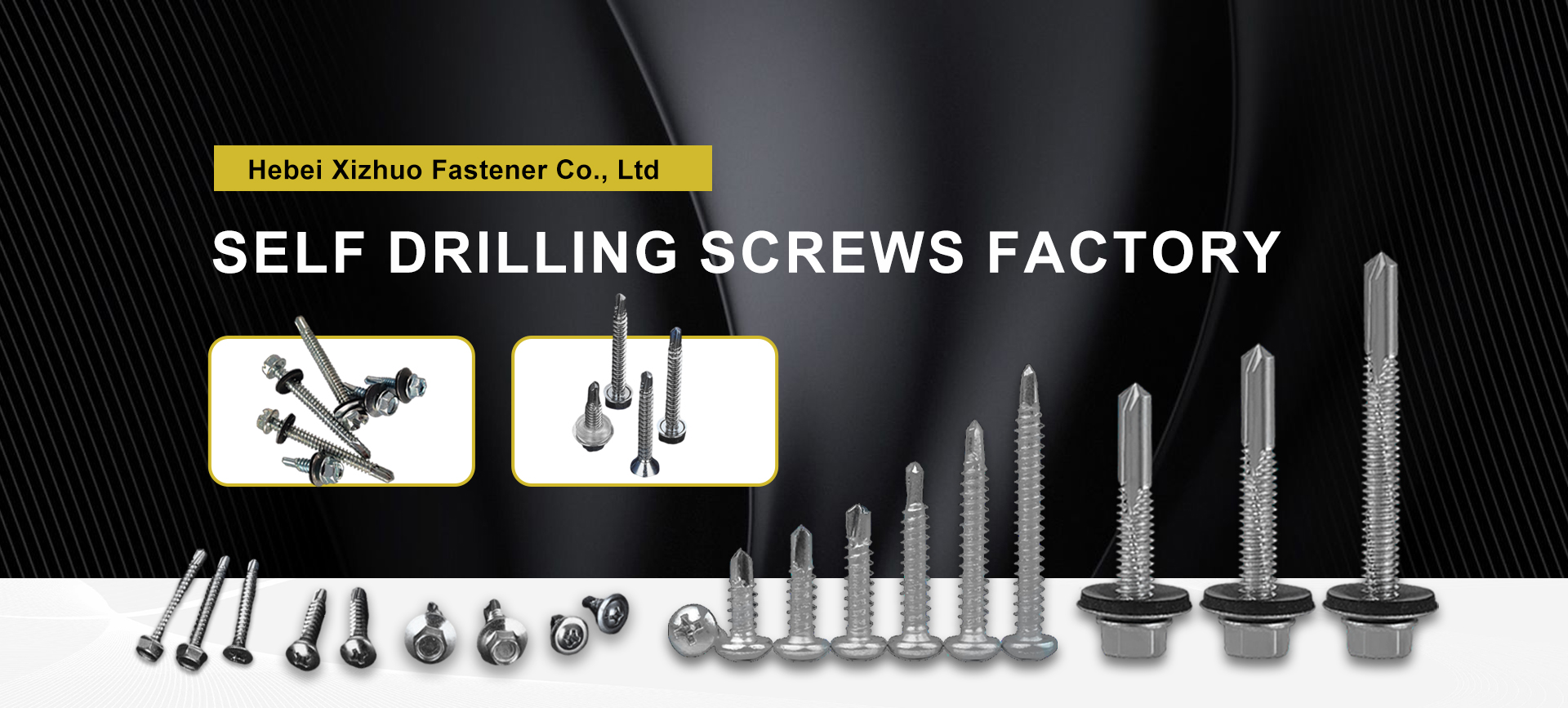Exploring the Applications and Benefits of Double-Sided Stud Bolts in Construction and Engineering
Understanding Double-Sided Stud Bolts Applications and Benefits
In the world of mechanical engineering, fasteners are crucial components that ensure the integrity and reliability of structures and machinery. Among these fasteners, double-sided stud bolts play a significant role in a wide variety of applications. This article aims to explore what double-sided stud bolts are, their design and functionality, and the various sectors where they are commonly used.
What is a Double-Sided Stud Bolt?
A double-sided stud bolt, often referred to as a double-ended stud or double-ended bolt, features threaded ends on both sides of a cylindrical body. This design allows for the attachment of components on either side, making it highly versatile. Typically made from robust materials such as steel, stainless steel, or alloyed metals, these bolts are engineered to withstand significant stress and strain, ensuring durability and reliability.
Design and Features
The design of a double-sided stud bolt includes various specifications such as diameter, length, and thread type, tailored to meet specific industrial standards. The two threads usually run the entire length of the stud, allowing for secure engagement with nuts or other threaded components. Some double-sided stud bolts also feature additional design elements, such as knurling or serration, to enhance grip during installation.
One of the essential benefits of double-sided stud bolts is their ability to provide a more balanced load distribution compared to other fastening systems. This characteristic is especially important in applications where uniform stress distribution is critical to the structural integrity of the assembly.
Applications of Double-Sided Stud Bolts
Double-sided stud bolts find applications in various industries, including
1. Construction In structural steel frameworks, double-sided stud bolts are used to connect beams, columns, and other structural elements. Their ability to distribute loads evenly helps ensure the stability and strength of buildings and bridges.
2. Manufacturing In machinery assembly, these bolts are often employed to secure components like housings, casings, and frames. Their ease of installation and removal is highly valued in environments that require maintenance or frequent adjustments.
double sided stud bolt

3. Automotive Within the automotive industry, double-sided stud bolts are utilized in engine assemblies, chassis construction, and suspension components. Their strength and reliability contribute to vehicle safety and performance.
4. Aerospace The aerospace sector relies on high-strength fasteners, including double-sided stud bolts, to ensure safety and performance in aircraft and spacecraft. The ability to handle extreme conditions makes these bolts suitable for both commercial and military applications.
5. Oil and Gas In the oil and gas industry, double-sided stud bolts are used in pipeline connections and offshore platform installations. Their resistance to corrosion and ability to maintain integrity under high pressure are crucial for the safe transportation of resources.
Advantages of Using Double-Sided Stud Bolts
The use of double-sided stud bolts presents several advantages
- Versatility Their design allows for flexibility in assembly, enabling quick adjustments or alterations without the need to disassemble entire sections.
- Enhanced Load Distribution This characteristic minimizes the risk of structural failure due to uneven stress and increases the overall longevity of the connections.
- Ease of Installation Double-sided stud bolts can often be installed or removed using standard tools, saving time and labor costs in various applications.
- High Strength The robust materials utilized in their manufacturing ensure that they can withstand demanding conditions, providing a long service life.
In summary, double-sided stud bolts are essential components in modern engineering, offering versatility, strength, and reliability across various industries. Their unique design allows for efficient load distribution and easy assembly, making them a preferred choice for engineers and construction professionals alike. As industries continue to evolve, the role of such fasteners will undoubtedly expand further, elevating their importance in future applications.
-
Weatherproof Plastic Expansion Anchors for OutdoorNewsJun.06,2025
-
Sustainability in the Supply Chain: Eco-Friendly TEK Screws ProductionNewsJun.06,2025
-
Load-Bearing Capacity of External Insulation FixingsNewsJun.06,2025
-
Double Head Bolts: Enhancing Efficiency in Industrial MachineryNewsJun.06,2025
-
Corrosion Resistance in Chipboard Screws: Coatings for Wholesale DurabilityNewsJun.06,2025
-
Butterfly Toggle Bolts : Enhancing Structural ResilienceNewsJun.06,2025
